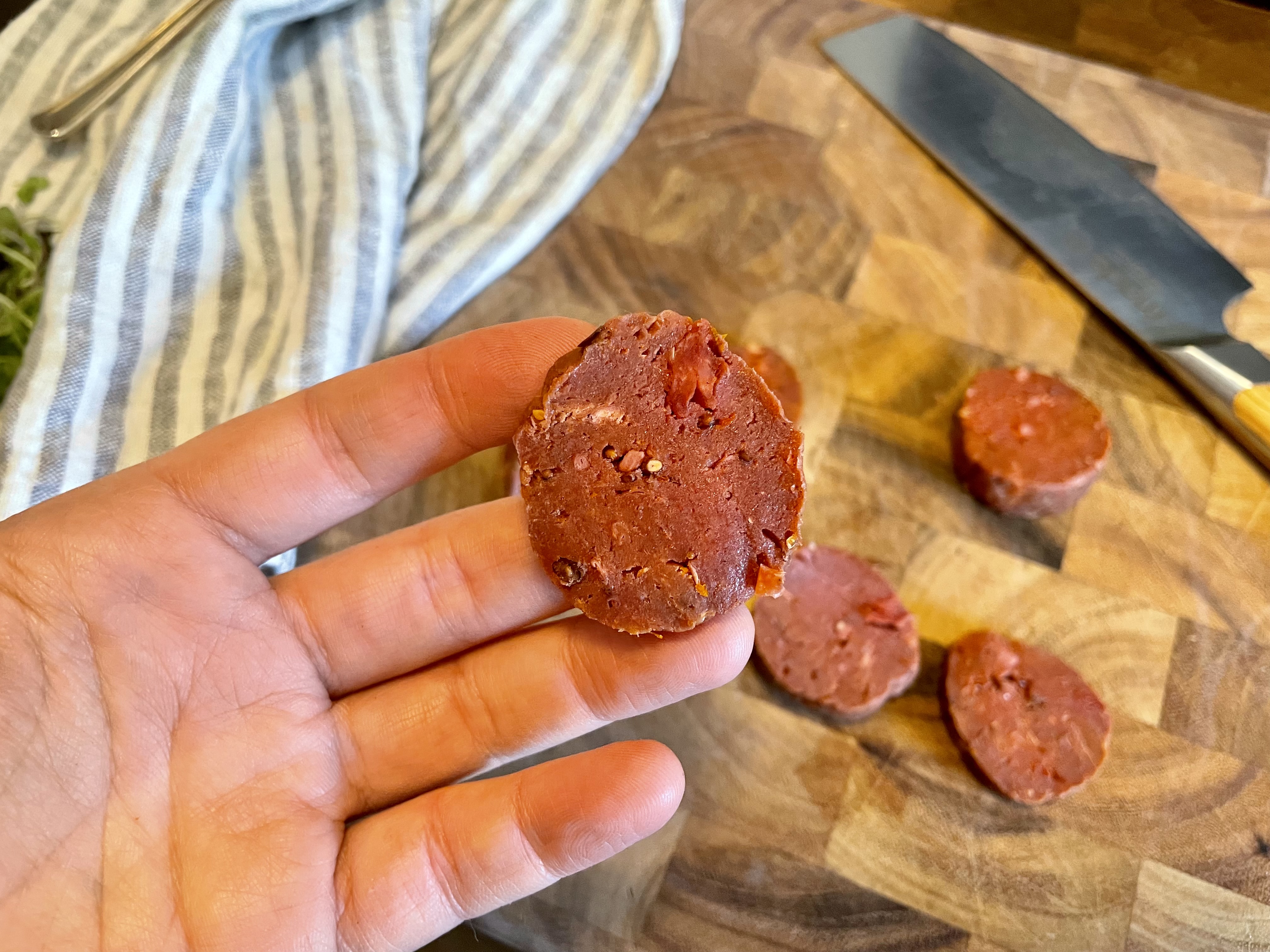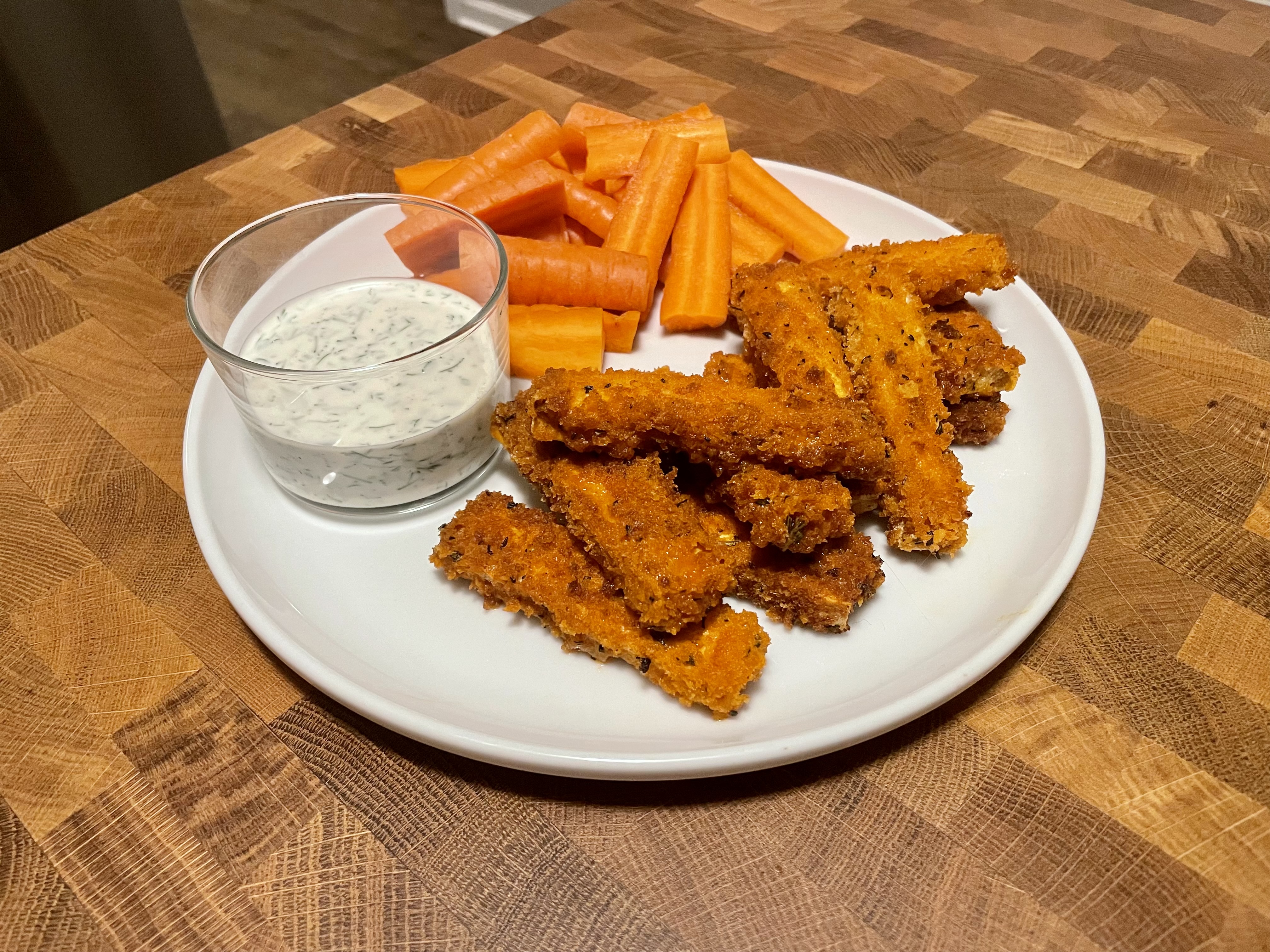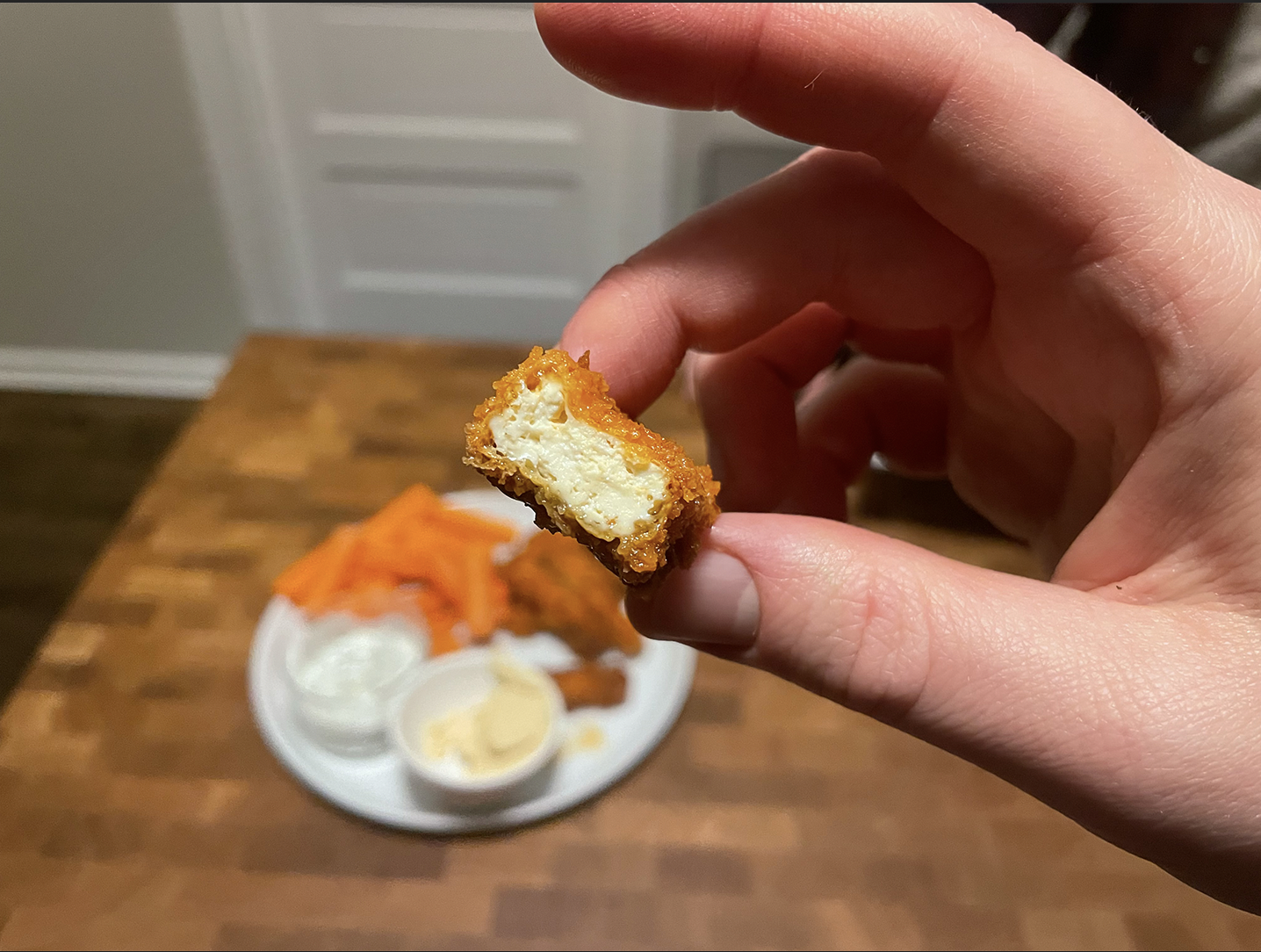‘Fake Meat’ Is a Brilliant Exploration of Vegan Comfort Food
March 7, 2023There are a lot of ways to be vegan, and none of them are wrong. While steamed veggie bowls, fruit smoothies, and greens-packed salads might lean more towards the whole, unprocessed food end of the spectrum, elsewhere there exists beautiful, indulgent delights like Buffalo seitan wings, (most) French fries, Oreos, and nachos with non-dairy cheese and sour cream (all incredible culinary achievements). I try not to use the term “j*nk food”; maybe “bar food” is better. Or just “fun food”? “Comfort food” works as well; though, in the end, this is all simply good food. In any case, Isa Chandra Moskowitz—a.k.a. the president of vegan cookbooks—just released her newest volume, Fake Meat: Real Food for Vegan Appetites. It is a staggering achievement, and one that will make you think twice about leaving the house in search of extraordinary vegan comfort food.
Moskowitz basically set the standard for vegan cookbooks with her original, sprawling masterpiece, Veganomicon, written with Terry Hope Romero in 2007. Since then, she’s released books focusing on many different aspects of cooking, like cookies, low-fat food, holiday cuisine, general skill-building, and brunch. With Fake Meat, she zeroes in on the decadent, deeply satisfying foods we seek out when we’re looking for comfort: hearty sandwiches with creamy spreads, cozy stews, decadent mac and cheese (here, a truffled “lobster” version), wings, pancakes and breakfast sausage, and, of course, pizza. The book is so jam-packed with wild options that it’s actually difficult for me to decide which to list here. I could also have pointed out the cauliflower schnitzel, “turki” tetrazzini (but could it fool my grandma?), mushroom oysters on the half shell, “chick’n” of the woods and waffles, and carrot lox. The table of contents is basically a list of holy grail dishes for vegans; it’s all the stuff you love to see on menus when you go out. Here, those recipes are contained in one excellent book, written by the master of this kind of recipe-building.
OK, but what is “fake meat,” really? In the introduction, Moskowitz gives an amusing backstory about her veganism, the history of meat, and discovering seitan when she was younger. Now, as a chef, there are two ways she tries to translate “real” meat dishes into plant-based versions. There are literal interpretations, where she tries to “mimic the taste and texture of familiar meats,” which often involves using wheat gluten; and there are more symbolic endeavors, which involve “translating vegetables and legumes into meaty facsimiles.”
Part of what makes this book so smart is the sheer breadth of base options Moskowitz uses. Sure, there’s plenty of homemade seitan using vital wheat gluten and pea protein, but there are also dishes based around tofu, tempeh, jackfruit, and… wait, what was that other thing? Oh yeah—actual vegetables. Let’s be honest… god knows that as far as vegan food goes, everyone has strong opinions regarding what constitutes “good” and “bad” meat substitutes (unless it’s after 10 p.m.). My girlfriend loves a good Buffalo tofu wing, but won’t eat seitan; my aunt prefers seitan to tempeh; my brother doesn’t eat wheat gluten or much tofu, but would absolutely crush the carrot lox; and one friend I regularly cook for would take any “fake meat” from this book over the prospect of a fully “meatless” meal. (I won’t even point out the fact that I’d personally choose tempeh above tofu and seitan.)
It was pretty hard for me to choose recipes to test out of this book, because everything looked so good. I settled on the seitan pepperoni—sorry, the “propperoni,” as Moskowitz calls it—and the Buffalo tofu wings. I hadn’t made seitan in years, so I thought stocking up on some spicy peps for my next pizza excursion would be wise prep work. Shopping for the pepperoni was a bit of an ordeal, just because it required a number of ingredients that mostly come in large quantities or aren’t super easy to find, like beet powder, anise seeds, and pea protein (though this is far more of an exception than a rule in this book, thankfully). That said, if you don’t mind building up your pantry a bit for future cooking (including the recipes in Moskowitz’s book), many of these ingredients reappear in other dishes, and come in handy for other cuisines. In a twist, the Whole Foods near me didn’t sell beet powder, so I had to go to The Vitamin Shoppe, which I’d never visited before. Not only was that a weird journey for me (let’s just say I look more at home in a Taco Bell), it was clearly also an unsettling experience for a 20-something The Vitamin Shoppe employee, who seemed to be thinking, “Nothing we have here can help this man.” Anyway, now I have a huge container of beet powder and a big ol’ thing of pea protein.

Making the pepperoni was pretty easy. I mixed the liquid-y base (garlic, sun-dried tomatoes, coconut oil, beet powder, salt, sugar, anise) in the Vitamix, then combined the dry flour and herbs (wheat gluten, pea protein, nutritional yeast, smoked paprika, onion powder, garlic powder, black pepper, red pepper flakes), and then kneaded them all together for five minutes. When I first poured the liquid-y base into the dry stuff, I bent over the bowl and took a big whiff. I’ll be damned if I didn’t literally think, Fuck, that actually smells like pepperoni. This is the kind of typical wizardry you can expect from Moskowitz here. (I had a similarly powerful epiphany moment when dining at her Brooklyn restaurant, Modern Love, years ago and finally tasting her storied classic mac and ‘shews dish.)
After rolling and steaming the pep tubes and letting ‘em cool, I opened one to find the classic, spongy sheen you expect from fresh seitan. I wished I’d rolled it even tighter, but otherwise, it tasted pretty good (spicy-savory), and had a great texture and look, thanks to the white beans and whole grain mustard. It seemed to be begging to get thrown atop a pizza with some jalapeños and mushrooms.
The Buffalo tofu wings were a slightly intimidating dish for me, just because I rarely fry food; that’s partly why I decided to make this one—because the kitchen is a great place to confront things that scare you (unless you’re scared of snakes or rollerblading). This recipe is surprisingly easy, but does require some precision with the breading and frying. First, I sliced the tofu into 16 pieces, employing [infomercial voice] one crazy trick to keep the tofu moist (buy the goddamn book if you want to know what it is). I seasoned the tofu with lemon, olive oil, and salt, and then made the typical cornstarch slurry and panko-based breading, which includes a hefty amount of fresh rosemary. I brought the oil to temp (I shot for around 350 degrees Fahrenheit) and fried the tofu wings in batches; then, I sloshed them in a bowl of Frank’s RedHot and melted Earth Balance.


Honestly, I was pretty impressed with how they turned out—they were super crispy, but extremely moist inside, and had the correct spicy-tangy flavor (which is to say they tasted just like the great tofu wings from the neighborhood bar I occasionally wind up at). I served them with the book’s herb-bombed ranch dressing (amazing) and some carrots; the recipe said to include celery, but with all due respect (to Moskowitz, not to celery), I chose to skip that part, my reasoning being that raw celery is bad. (Sorry! [Borat voice] … Not!)
TL;DR: Whether you keep a plant-based diet, cook for someone who does, or just enjoy eating vegan comfort food, Fake Meat is packed cover to cover with the high-octane, super tasty treats your soul (or hangover) desires. Having a single, authoritative volume that contains killer seitan, tofu, tempeh, jackfruit, and veggie recipes for… let’s settle on “fun food”… is sort of a miracle; and if you crave vegan versions of the finest culinary achievements of Western civilization—pizza, wings, burgers, tacos, pasta, and chili—this is the book you’ve been waiting for. Now, if you’ll excuse me, I need to go eat ranch dressing with a spoon.
Buy ‘Fake Meat: Real Food for Vegan Appetites’ on Amazon.
The Rec Room staff independently selected all of the stuff featured in this story. Want more reviews, recommendations, and red-hot deals? Sign up for our newsletter.
